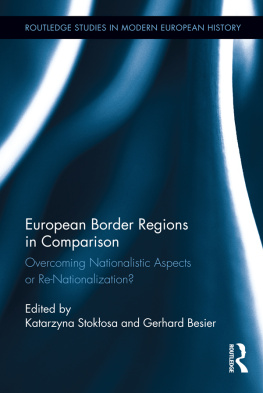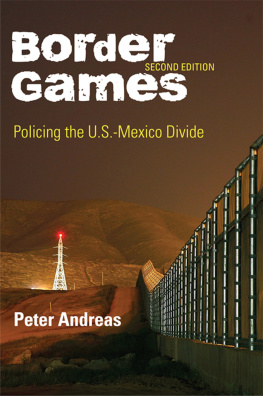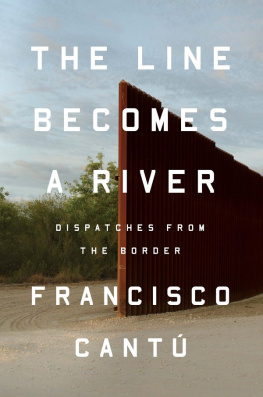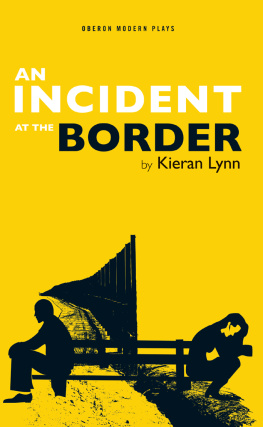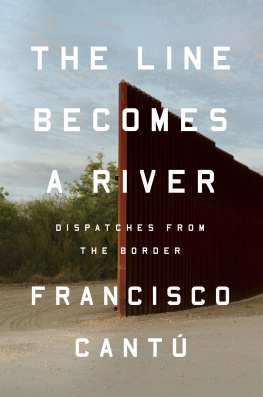Also by Jacques Poitras
Beaverbrook: A Shattered Legacy (2007, 2008)
The Right Fight: Bernard Lord and the Conservative Dilemma (2004)
Copyright 2011 by Jacques Poitras.
All rights reserved. No part of this work may be reproduced or used in any form or by any means, electronic or mechanical, including photocopying, recording or any retrieval system, without the prior written permission of the publisher or a licence from the Canadian Copyright Licensing Agency (Access Copyright). To contact Access Copyright, visit www.accesscopyright.ca or call 1-800-893-5777.
The poem Driving to Fort Kent in a Mid-Spring Snowfall is Laurence Hutchman and Guernica Editions, 2007. Reprinted by permission of the copyright holders and of Broken Jaw Press. Quotations from Samuel Leonard Tilleys correspondence reprinted by permission of Archives and Special Collections, Harriet Irving Library, University of New Brunswick. Quotations from William Odells correspondence reprinted by permission of New Brunswick Museum.
Unless otherwise identified, all photographs are by the author.
Edited by John Sweet.
Cover and page design by Jaye Haworth.
Maps by Peter Manchester.
Printed in Canada.
10 9 8 7 6 5 4 3 2 1
Library and Archives Canada Cataloguing in Publication
Poitras, Jacques, 1968-
Imaginary line: life on an unfinished border / Jacques Poitras.
Includes bibliographical references and index.
Electronic monograph in ePub format.
Also issued in print format.
ISBN 978-0-86492-703-3
1. New Brunswick Boundaries Maine. 2. Maine Boundaries New Brunswick. 3. New Brunswick Relations Maine. 4. Maine Relations New Brunswick. I. Title.
FC182.P64 2011 971.51 C2011-902887-5
Goose Lane Editions acknowledges the financial support of the Canada Council for the Arts, the Government of Canada through the Canada Book Fund (CBF), and the government of New Brunswick through the Department of Wellness, Culture, and Sport. The author acknowledges the financial support of the Canada Council for the Arts under the Creative Writing Program.
Goose Lane Editions
Suite 330, 500 Beaverbrook Court
Fredericton, New Brunswick
CANADA E3B 5X4
www.gooselane.com
For Giselle, Sophie, and Zachary
From this hour I ordain myself loosd of limits and imaginary lines,
Going where I list, my own master total and absolute,
Listening to others, considering well what they say,
Pausing, searching, receiving, contemplating,
Gently, but with undeniable will, divesting myself of the holds that would hold me.
I inhale great draughts of space,
The east and the west are mine, and the north and the south are mine.
Walt Whitman, Song of the Open Road
The boundary between Canada and the United States is a typically human creation; it is physically invisible, geographically illogical, militarily indefensible, and emotionally inescapable.
Hugh L. Keenleyside, Canadian diplomat, 1929
CONTENTS
LIST OF MAPS
INTRODUCTION
GATEWAYS
IN JANUARY 2010, STEPHEN HARPER , the prime minister of Canada, travelled to New Brunswick to cut the ribbon at a new border crossing with the United States. The ceremony was a mere formality. For two months already, eighteen-wheeler operators, commuters, and tourists had been driving across the new black asphalt spanning the St. Croix River in barely the amount of time it took to take their passports out of their pockets.
So the bridge, the third to connect St. Stephen, New Brunswick, with Calais, Maine, was already achieving the objective for which it had been designed. As Harper himself pointed out in his speech, in eight short weeks, commercial traffic crossing the border between the two communities had increased by twenty percent. The bridge was also fulfilling a secondary purpose: the historic downtown of St. Stephen, linked to Calais since the nineteenth century, was no longer choked by long lineups of transport trucks stretching to the edge of town. And local residents, many with relatives on the other side of the border, were no longer subjected to long waits when crossing for a visit or to buy inexpensive milk or gas. Traffic was moving more efficiently on the two older bridges as trucks diverted to the new one.
By January, when Harper arrived, people on both sides of the St. Croix were already wondering how they had ever managed to function without it.
Still, politicians and their communications advisors love a good ribbon-cutting, and they positively adore them when the facility to be opened offers an apparent solution to a complex problem. And no problem has been more complex for Canadian prime ministers than relations with the United States, particularly following September 11, 2001. The new bridge may have made it easier for folks in St. Stephen or Calais to visit their American aunts or Canadian cousins, but what really needed to keep moving across the border was money. The modern checkpoints at each end of the new bridge featured the very latest in high-tech equipment weights, scanners, digital imaging, and a myriad of other tools to ensure that commerce was not impeded by tighter security.
For Harper and his government, the bridge was part of the so-called Atlantic Gateway, the latest in a long series of slogans used by various governments to give a visionary sheen to a new round of spending on highways, bridges, and other transportation infrastructure. This one, at least, had some basis in history: the idea was to strengthen Atlantic Canadas ties to one of the most lucrative markets on earth, the densely populated eastern seaboard of the United States. Merchants and their goods had been crossing the St. Croix for more than a century before the border had even been drawn there. The priority now was to ensure that trade continued.
And so Harper opened a bridge that had been open for two months. At his side were his senior cabinet minister for New Brunswick, Greg Thompson who happened to be the member of parliament for St. Stephen and the premier of New Brunswick, Shawn Graham. They briefly toured the inspection booths and greeted the Canada Border Services Agency officers, then entered the vast, grey, antiseptic building where more than a hundred local officials, dignitaries, and Conservative Party supporters had gathered.
Early in his tenure, Harpers public pronouncements about the United States had been closely watched by his political enemies, who routinely accused him of being too pro-American and thus too likely to surrender Canadas interests to the superpower to the south. As opposition leader, Harper had appeared on Fox News, where he reinforced American alarmism when he described Canadas porous borders and immigration system. As if to counter the perception, within days of taking office in 2006, Harper made bullish comments about Canadas sovereignty over Arctic waters, in defiance of American claims that the U.S. did not need Canadian permission to sail through what it considered international passages.
Prime Minister Stephen Harper, New Brunswick Premier Shawn Graham and MP Greg Thompson meet Canadian Border Services officers during the official opening of a new customs building at St. Stephen, New Brunswick, January 8, 2010.




